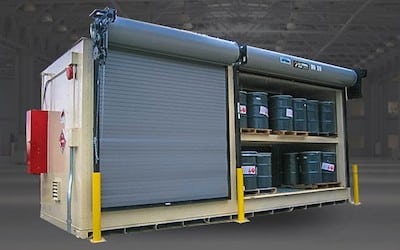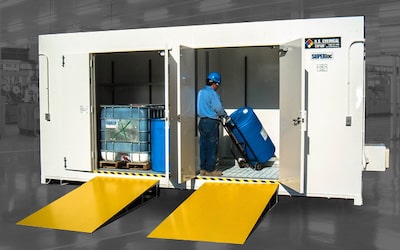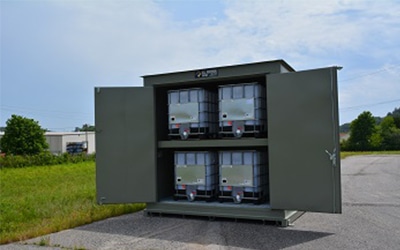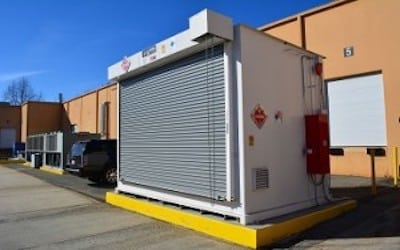
Ideal 55 Gallon Drum Storage for Every Industry
Safe 55 gallon drum storage and handling is critical to prevent injuries and to comply with OSHA requirements.

Safely Store Flammable MEK Solvents
As a flammable liquid, Methyl Ethyl Ketone (MEK) should be stored in fire-rated storage buildings if located within 30 ft of an occupied structure.

Types of Chemical Storage Buildings
US Chemical Storage provides standard and customized storage building designs that match your specific requirements.

Storing Flammable Liquid Flavoring
Even though the food industry is not normally associated with fire risk and flammable substances, the solvents used in liquid flavorings are flammable and are therefore subject to strict regulations regarding usage and storage.

100% Customizable – Climate Controlled Tote Lockers
Totes often contain flammable liquids and as such are subject to stringent regulations regarding storage and handling.

Xylene Chemical Storage
Xylene is a mixture of three different forms (isomers) of xylenes (meta-xylene, ortho-xylene, and para-xylene) and ethylbenzene.

Toluene Storage
The chemical toluene is used in many industrial and consumer applications ranging from printing operations, manufacturing facilities, and nail salons.
